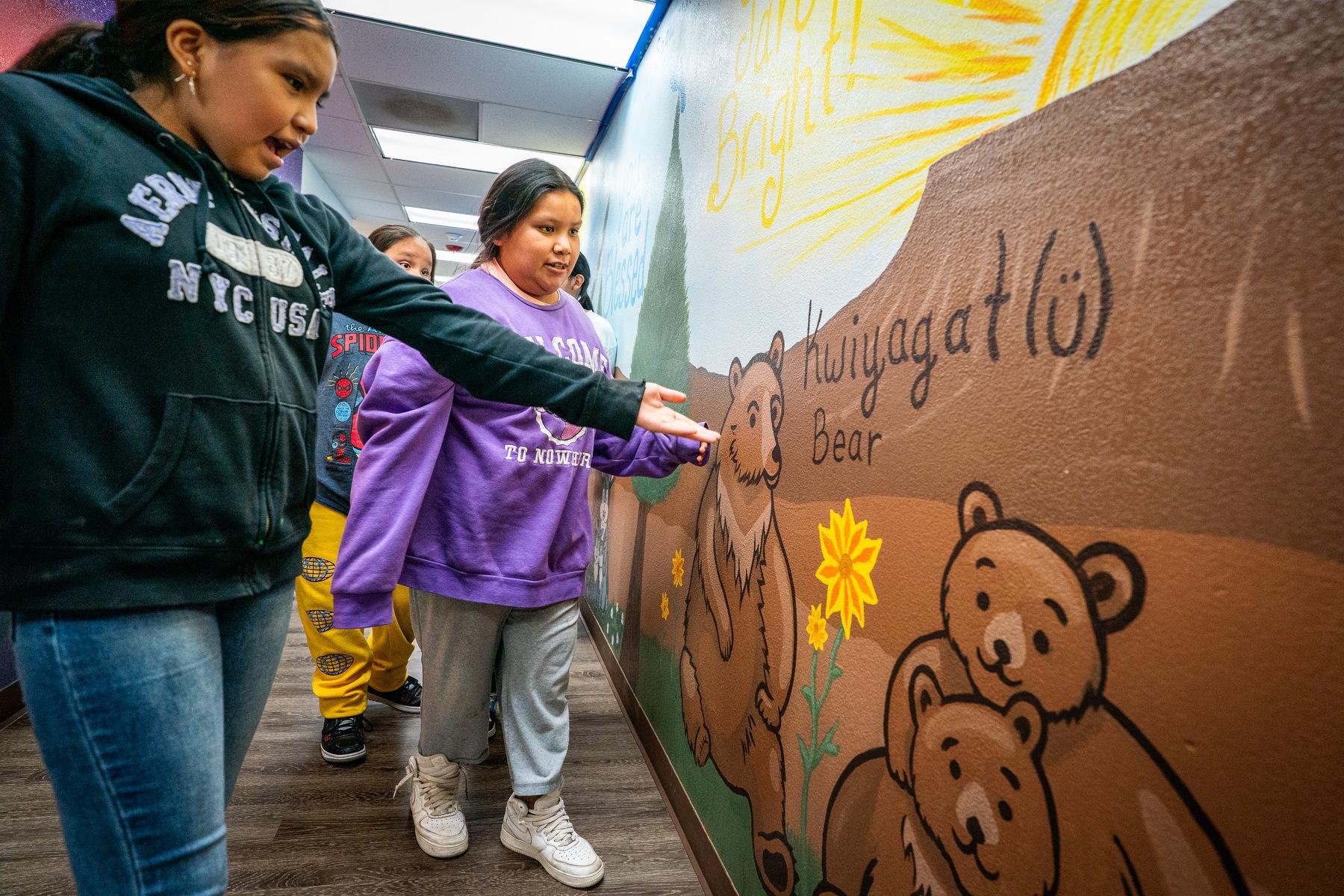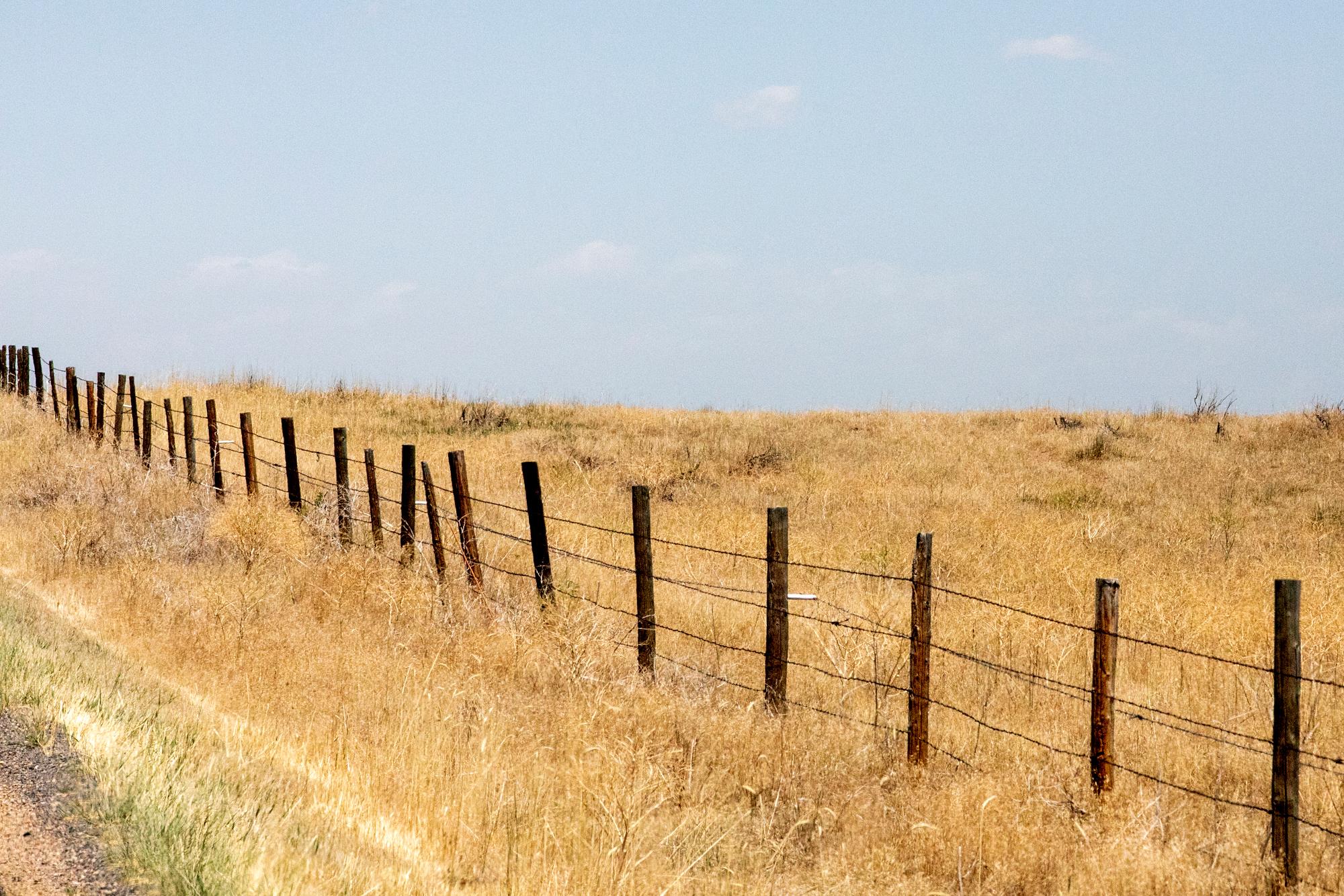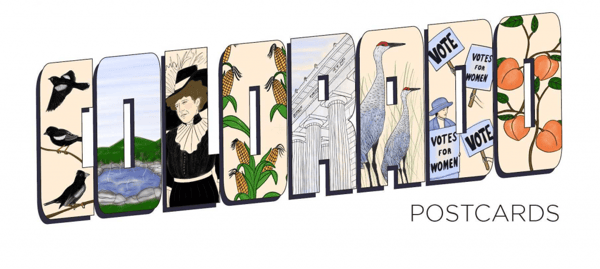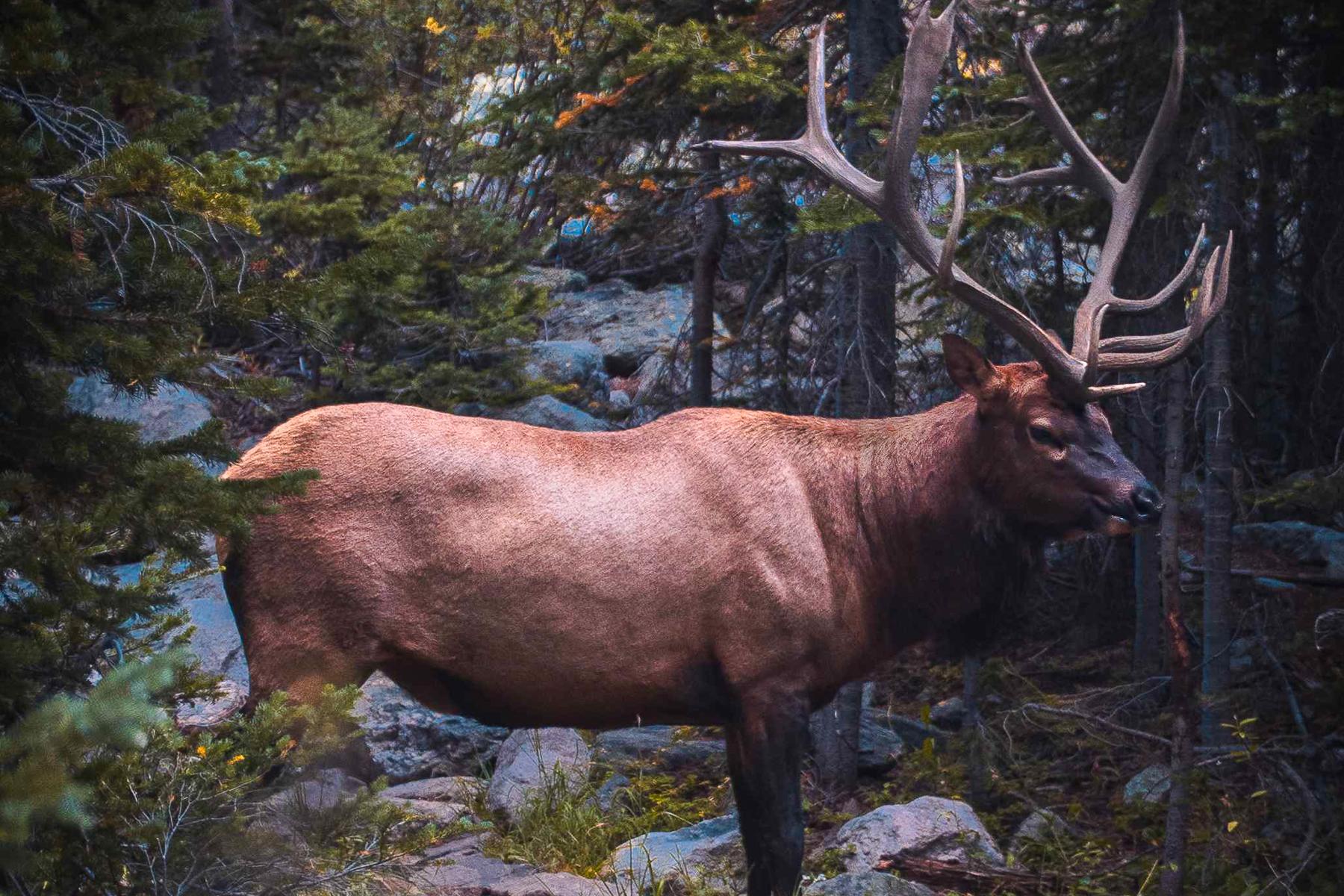
Updated Tuesday, July 29, 2025.
Animals have long adapted to the ways people move through the world. They skirt around popular hiking trails, avoid busy roads, or entirely abandon long-held migration routes. In some cases, they have adapted to our cities.
“You’ll notice that large carnivores like mountain lions dominate [the] urban landscape, but they only do so at night [when] there is no one on the road,” said Heather Abernathy, who conducted the study while she was a CSU postdoctoral fellow at the Rocky Mountain Research Station.
Abernathy is part of a growing effort to understand how — and how often — humans and wildlife cross paths. For decades, scientists like her and her team have been able to use GPS collars and satellite data to track where the animals go. But without knowing where we humans are, scientists don’t have a complete picture of these interactions.
Abernathy thinks the missing data might already be in your pocket.
“Yeah, it’s literally just data from your cellphone,” she said.
A new tool for conservation: your phone
Researchers from institutions including the Rocky Mountain Research Station in Fort Collins and Colorado State University recently published a study exploring how mobile phone data could inform wildlife conservation.
Every time you take a photo, check your email, or pull up directions, your phone logs GPS coordinates. Companies already use that information to deliver personalized ads or tell you when your go-to restaurant isn’t crowded, for example. Abernathy and her team saw that use case, and asked, what if we used it to help with wildlife conservation, too?
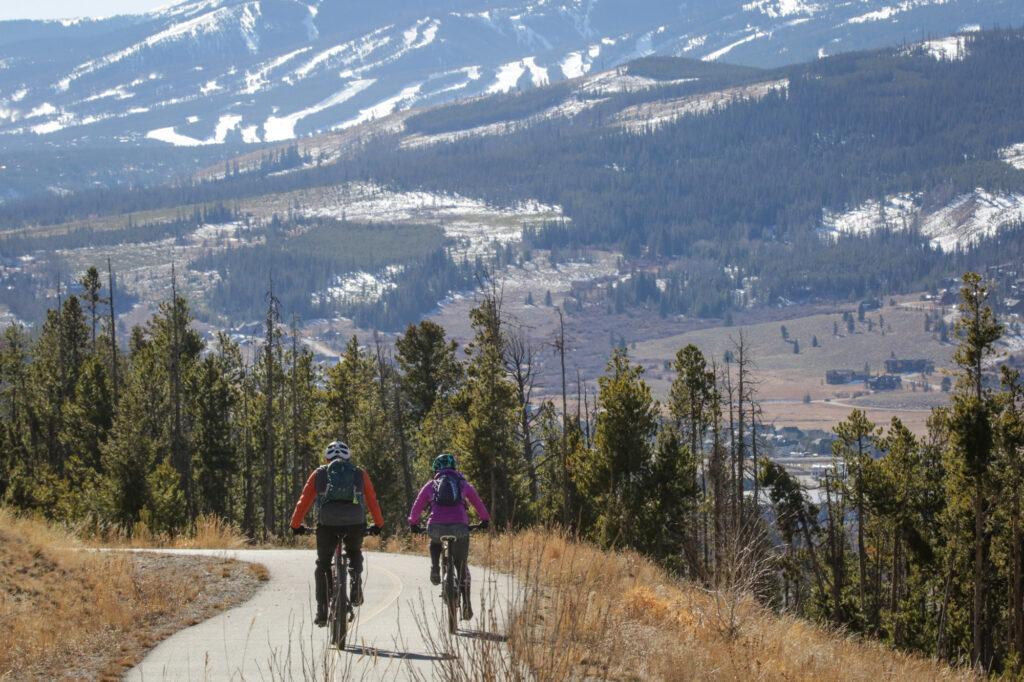
“When we contacted [a company that already uses that data] saying, ‘Hey, we want to buy this for wildlife,’” Abernathy said the company was surprised, “because it’s such a weird, unique use of this data that they typically see.”
Abernathy said the researchers’ use of the location data would be anonymized, without names or personal identifiers, to protect people’s privacy. But when all these anonymous data points are taken together, they can show scientists where human activity overlaps with animals’ habitats.
As part of the study, in California, Abernathy's team were able to see interactions between people and mountain lions on a scale they did not expect to find.
Sharing space with mountain lions — and not even knowing it
According to Abernathy, “In one month, humans came in contact with mountain lions about 13,000 times.”
Mountain lions are one of America's deadliest apex predators, and they live sparsely. On average, just two to three adults live in 38 square miles of habitat. And Abarnathy said, “I bet you no one even saw the [mountain] lion nearby.”
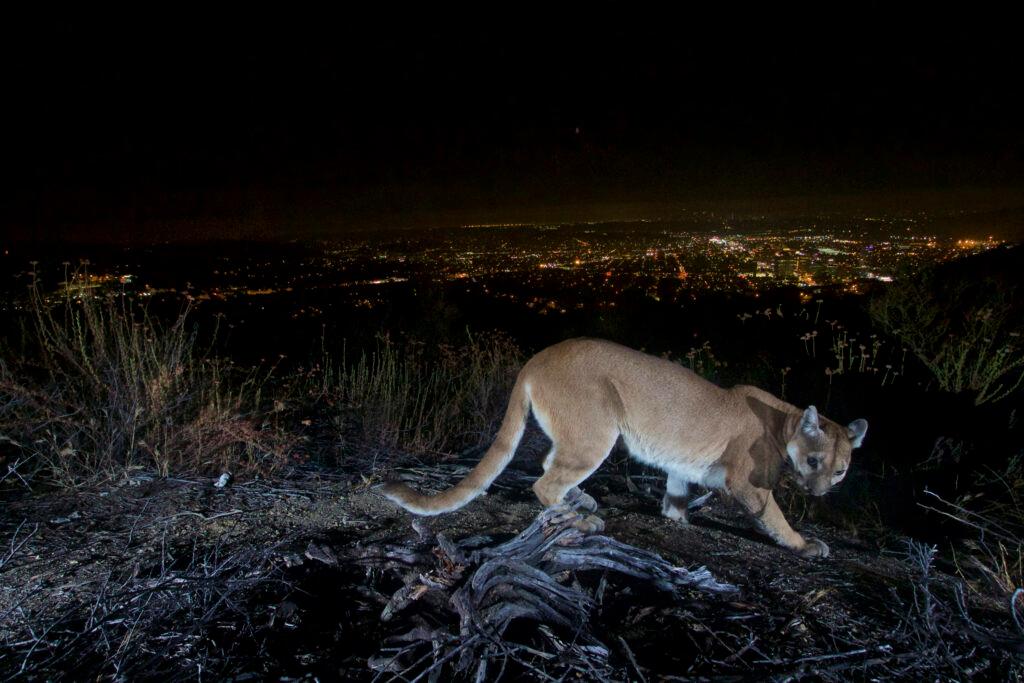
The mountain lions probably did notice, though, and they adjusted their behavior. It’s easy to imagine how many human interactions more densely populated species, like elk or deer, may be having, and how often those animals might be changing their behavior in response.
A smarter way to manage wildlife
Abernathy believes analyzing cell phone data could help wildlife managers respond more precisely to animal patterns, and help people make better choices when they’re out on the land.
“I think [we can] create a better roadmap. Planning for things like where to put corridors, planning for where to put signs to say, ‘Hey, just so you know, you’re getting near bighorn sheep winter range. They’re really stressed out.’ And I’m like, ‘Oh, cool. Yeah, absolutely. I’ll stay out.’”
If the technology catches on, the next time you head out to hike or snap a photo of the sunset, you might quietly contribute to a better understanding between humans and animals.
And while it may be frightening to know just how many bears and mountain lions you are narrowly bumping into while hiking, Abernathy sees it differently.
“To me, it’s sort of comforting knowing that you’re having all these interactions with animals and they’re just like — they want nothing to do with you,” she said.
Editor's note: This story has been updated to clarify that Heather Abernathy conducted the wildlife study while at the Rocky Mountain Research Station.



